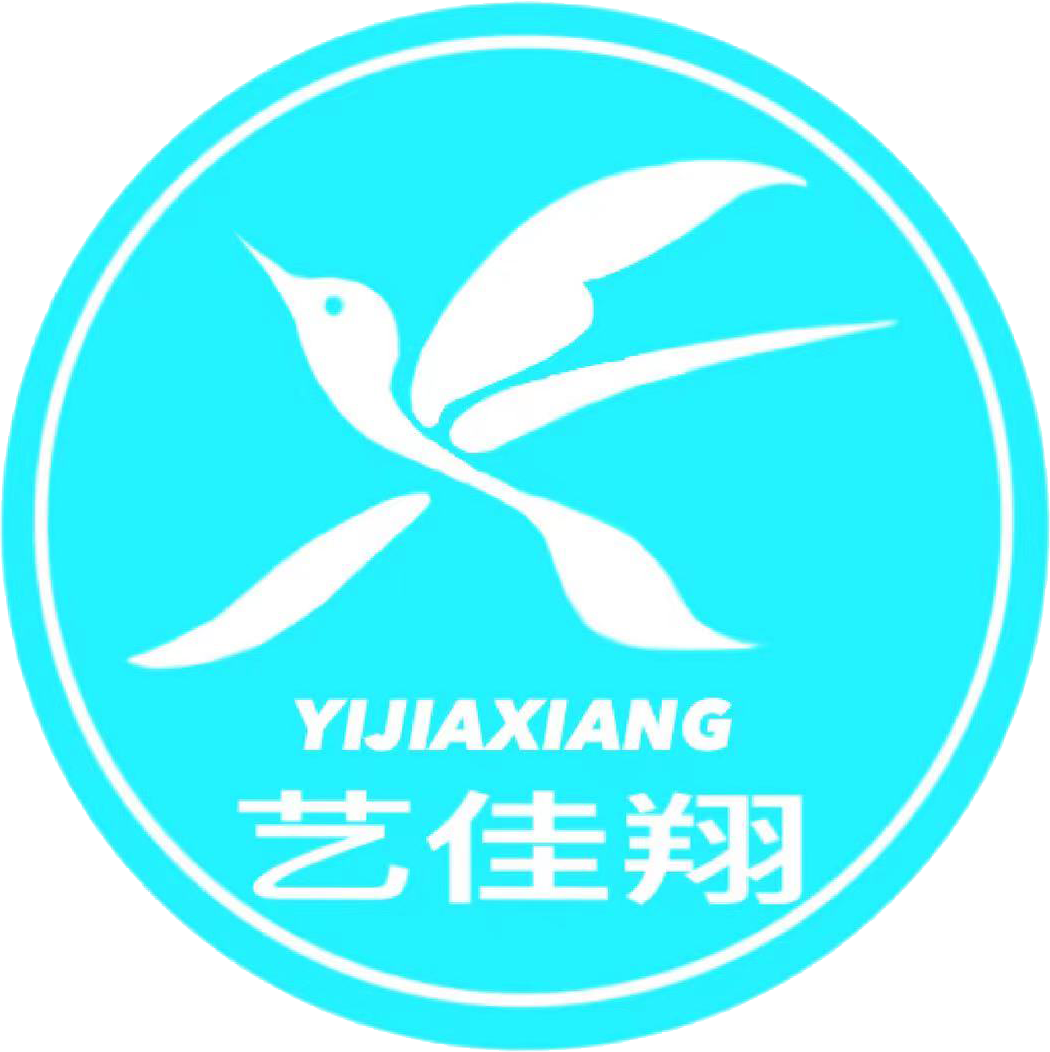17
2025
-
06
The Art and Technique of Engraving Print in Textile Products
Engraving print is a fascinating technique that plays a crucial role in the textile industry, especially for those involved in producing unique and aesthetically appealing fabric designs. This method, which involves etching a design onto a surface, allows for high precision and detail that can elevate the quality of various textile products. Whether you're working with clothing, home textiles, or specialized fabric applications, understanding engraving print can provide you with an edge in the competitive market.
The engraving process typically begins with creating a design on a plate or cylinder made of metal, which is then coated with a special ink. This ink is transferred to the fabric through a printing press, where the engraved areas deposit ink onto the textile, resulting in vibrant and intricate patterns. This technique is particularly useful for producing multiple copies of the same design while maintaining consistent quality across the prints.
One of the significant advantages of engraving print is its ability to produce fine lines and detailed imagery that other printing methods may struggle to achieve. This is particularly beneficial for textile products that require complex designs, such as high-end fashion, decorative home textiles, and specialty items. The durability of engraving prints also ensures that the designs withstand washing and wear, making them suitable for everyday use.
Moreover, engraving print can be adapted to various fabric types, including natural fibers like cotton and silk, as well as synthetic materials. Understanding the characteristics of different textiles is crucial when choosing the right engraving technique, as this can affect the final outcome and overall quality of the print.
In terms of sustainability, engraving print can also be considered an eco-friendly option. The process often utilizes less water and fewer harmful chemicals compared to other printing methods, aligning with the growing demand for environmentally responsible practices in the textile industry. Using water-based inks in engraving can further enhance the sustainability of the process.
As you explore the potential of engraving print in your textile offerings, consider not just the aesthetic appeal but also the practical implications. The combination of durability, detail, and adaptability makes this technique a worthy addition to your production capabilities. By investing in engraving print, you can meet the diverse needs of your customers while standing out in the marketplace with unique, high-quality textile products.
In conclusion, engraving print is more than just a method of decorating fabric; it is an art form that can significantly enhance the value and appeal of textile products. Understanding its techniques, advantages, and applications will empower professionals in the textile industry to harness its full potential.
The engraving process typically begins with creating a design on a plate or cylinder made of metal, which is then coated with a special ink. This ink is transferred to the fabric through a printing press, where the engraved areas deposit ink onto the textile, resulting in vibrant and intricate patterns. This technique is particularly useful for producing multiple copies of the same design while maintaining consistent quality across the prints.
One of the significant advantages of engraving print is its ability to produce fine lines and detailed imagery that other printing methods may struggle to achieve. This is particularly beneficial for textile products that require complex designs, such as high-end fashion, decorative home textiles, and specialty items. The durability of engraving prints also ensures that the designs withstand washing and wear, making them suitable for everyday use.
Moreover, engraving print can be adapted to various fabric types, including natural fibers like cotton and silk, as well as synthetic materials. Understanding the characteristics of different textiles is crucial when choosing the right engraving technique, as this can affect the final outcome and overall quality of the print.
In terms of sustainability, engraving print can also be considered an eco-friendly option. The process often utilizes less water and fewer harmful chemicals compared to other printing methods, aligning with the growing demand for environmentally responsible practices in the textile industry. Using water-based inks in engraving can further enhance the sustainability of the process.
As you explore the potential of engraving print in your textile offerings, consider not just the aesthetic appeal but also the practical implications. The combination of durability, detail, and adaptability makes this technique a worthy addition to your production capabilities. By investing in engraving print, you can meet the diverse needs of your customers while standing out in the marketplace with unique, high-quality textile products.
In conclusion, engraving print is more than just a method of decorating fabric; it is an art form that can significantly enhance the value and appeal of textile products. Understanding its techniques, advantages, and applications will empower professionals in the textile industry to harness its full potential.
engraving print
Previous Page
Previous Page

Telephone:18850529927

Mailbox:87339004@qq.com

Address: Room 401, No. 90 Huliyuan, Tong 'an District, Xiamen City

WeChat QR
Copyright©2023 Xiamen Shunyi Xingyuan Industry and Trade Co., Ltd.SEO Tags

 Language
Language






